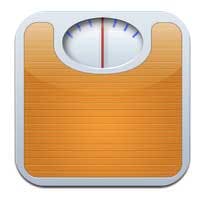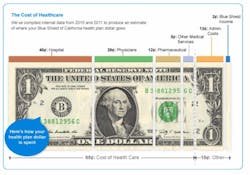Melding health coaching and dental hygiene: imagine the possibilities
In my last article, I wrote about my transition from dental hygienist to health coach. In this article, I want to share my vision of how we can take our oral health prevention “coaching” to the next level. I am sure that many dental hygienists teach to the minimum standard of care, while many others move far beyond. Let us consider why we might want to do more.
Based on my belief that all bodily systems are connected, I feel it is important to step back, not to be so myopic, and to look at each patient as a whole. This concept of seeing and treating a patient as a whole is the difference between systems medicine and functional medicine.
The dental hygienist spends more time with each patient, on average, than any other health care provider. For this and many other reasons, I suggest adding one more service for a demographic of patient that is underserved.
I am sure Paula would be surprised and thrilled. In two minutes, you can give your patient simple supportive instructions that would help her lose weight, and perhaps inadvertently get her off or reduce some of her medications.
Ask the patient if you can call in two weeks to check on her/his progress, and follow through with a telephone call. During the conversation, revise the goal and action steps, make a short note in her/his chart, and if appropriate, repeat the process. This is an amazing way to cement the bond between you and your patient and to let her/him know how much you care about the patient as a person.
Not convinced yet? According to the CDC, at least 60% of adults age 20 and above are overweight or obese.(1) Obesity increases the risk factors for a number of health conditions, including Type 2 diabetes,(2) hypertension, heart disease, stroke and more. This affects an estimated 97 million adults in the United States.(3) Recent studies have calculated health care costs due to obesity in 2005 estimated at 190 billion dollars, which is more than double the previous estimates.(4) Finally, the cost in lives and broken hearts is just staggering.Image: Blue Shield
Imagine if you connected with one patient a week, and that one patient makes a significant lifestyle change, which in turn influences a family member or friend. Imagine that one patient goes off a medication that has some harmful side effects, and this patient is so satisfied with you and your office he recommends friends and family to the practice. Imagine how it would feel to be part of the solution to this massive health crisis we are facing, and it might be as simple as asking a question, “How can I support you to lose some weight?” How would it feel to have made such a huge difference in someone’s life? One patient a week times fifty-two; imagine the possibilities.
Take a chance this week and ask one patient a question that could change his life.
For ideas about what to write on your prescription pad, visit my website, www.bellahealthyliving.com, or contact me directly at [email protected]. To your good health, Laurie Samuels, RDH, CHHC.References1. CDC/NCHS, Health, United States, 2011, Table 74. Data from the National Health and Nutrition Examination Survey (NHANES). 2. National Institutes of Health. Clinical guidelines on the identification, evaluation,and treatment of overweight and obesity in adults—The evidence report. Obes Res 6 (Suppl 2):51S–209S. 1998. 3.http://www.nhlbi.nih.gov/guidelines/obesity/ob_gdlns.pdf. 4. 1. Cawley J, Meyerhoefer C. The medical care costs of obesity: an instrumental variables approach. J Health Econ. 2012; 31:219-30.






